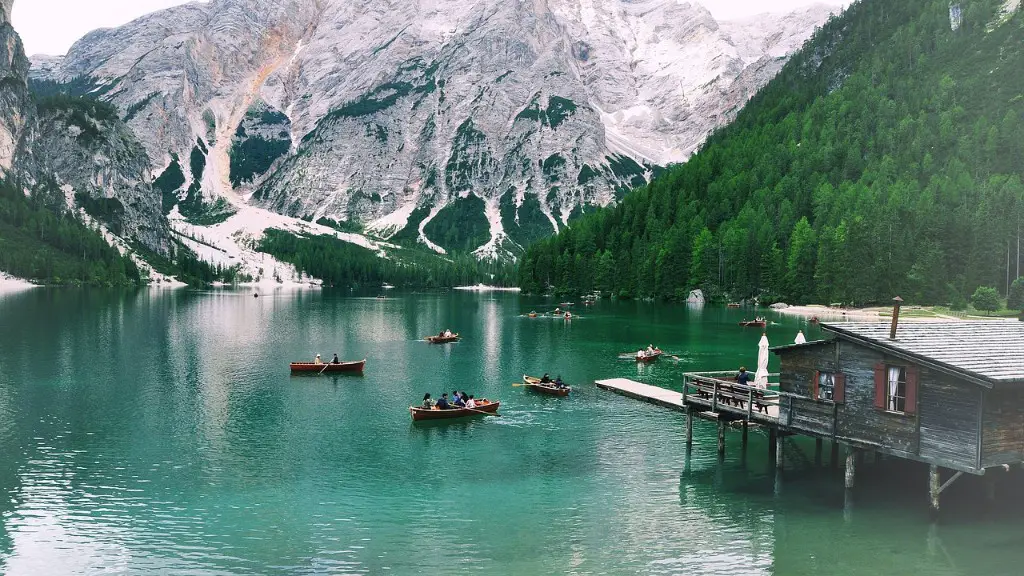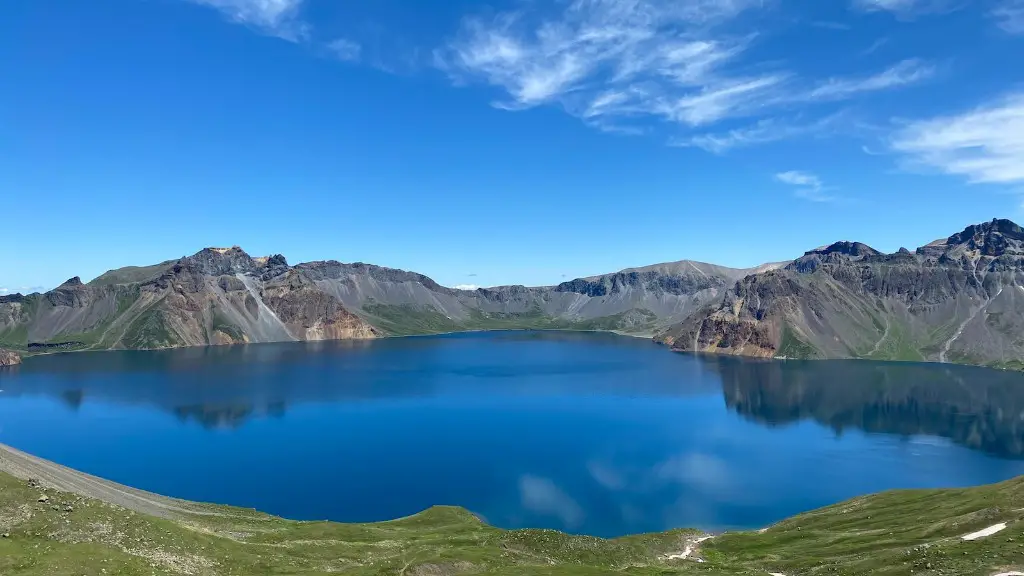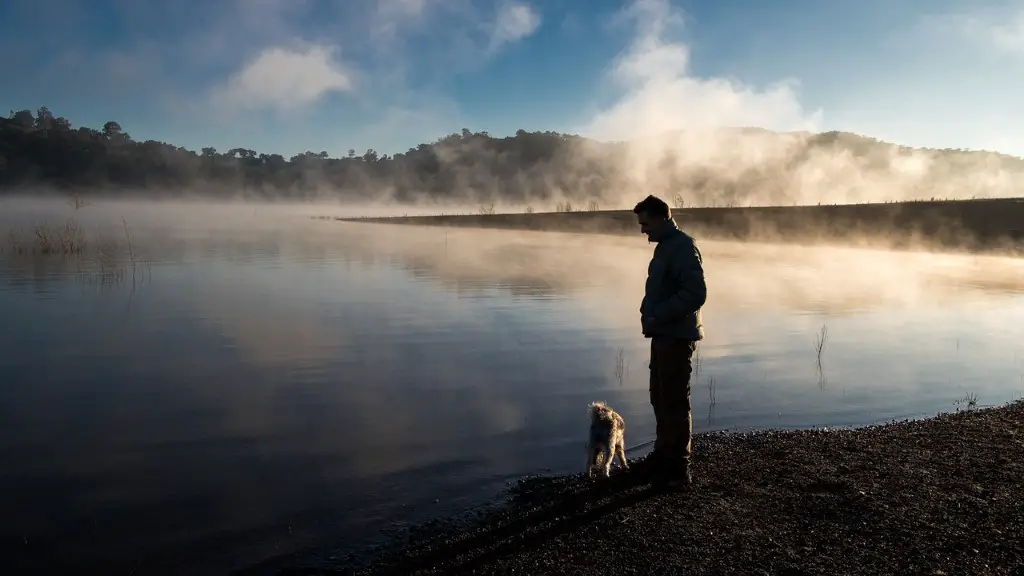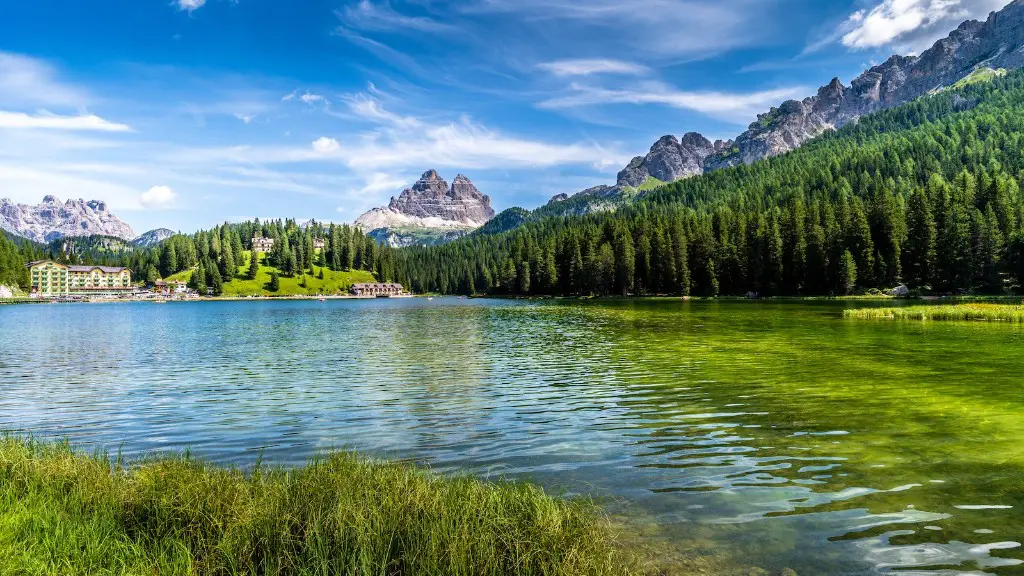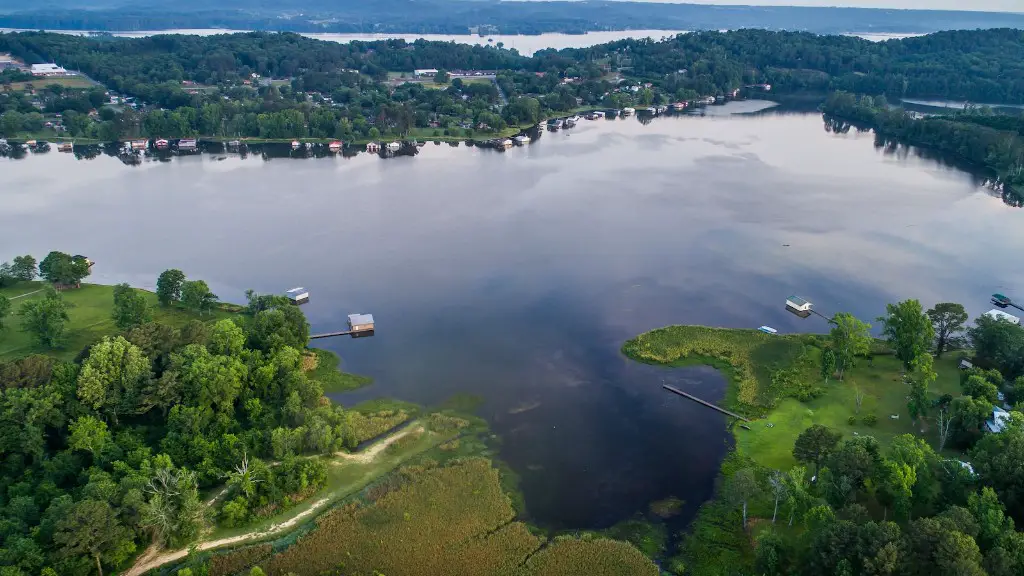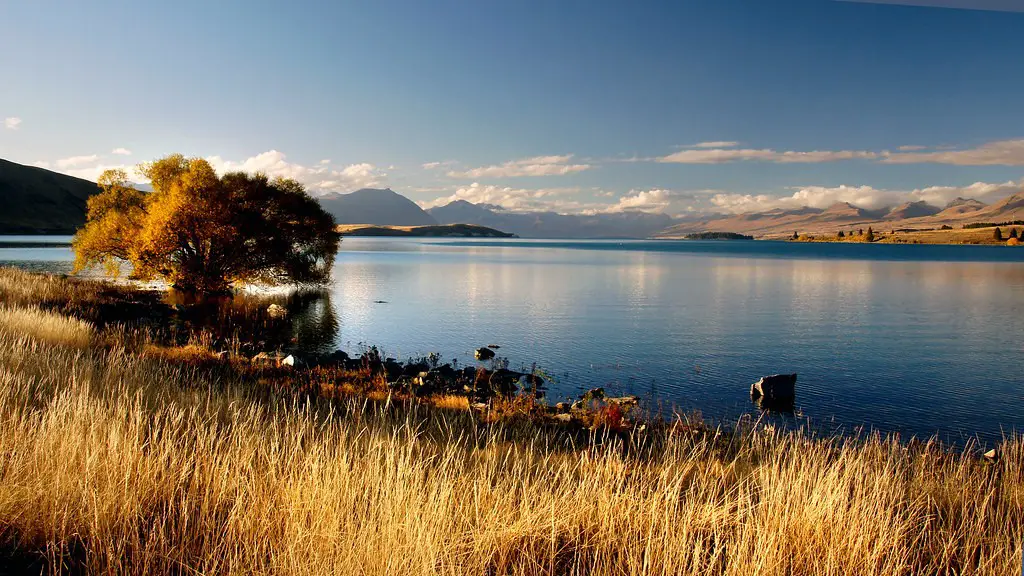Fishing Lake Superior is an experience like no other. Not only is this the largest of the five Great Lakes but its sheer size makes it a popular destination for avid anglers. Fishing in Lake Superior can be challenging, especially when it comes to understanding the best conditions, species, and techniques. Therefore, having a proper knowledge of the lake is important to your success. From different types of fish, bait and lures to the best tactics, you need to keep many things in mind when targeting this untamed body of water.
Whether you are bait fishing, spinning, or fly fishing, you should be aware of the Lake’s temperature range. Average temperatures in Lake Superior range from 35 to 52 degrees Fahrenheit. That is why it is important to dress properly when fishing. You should also bear in mind that Lake Superior’s fish inhabit depths ranging from 15 feet to depths close to 400 feet. You’ll need to adjust your hooks and equipment according to the depth.
In terms of the best species to target, Lake Superior is home to a wide variety of species, including lake trout, salmon, walleye, and smallmouth bass. For trout and salmon, you should focus on using spoons and spinners in the late spring and early summer. As the temperatures rise in the summer, you should switch to drifting spawn bags or drifting worms and crawlers. To catch walleye and bass, you may want to try jigs and twister tails.
When it comes to actual fishing tactics, it is important to pay attention to subtle differences in the water and the tendency for species to school. When it comes to lake trout, for instance, trolling along steep breaks may produce better results. As for smallmouth bass, you should consider heading to the rocky shorelines and casting your lines around the rocks and reefs. To catch walleye, try jigging closer to the bottom and trolling deeper waters in the morning.
When you are fiishing Lake Superior, it is important to be aware of safety. The lake is known for its powerful winds and waves, so it is essential that you bring the necessary equipment, such as an anchor or buoy. Furthermore, the lake can be a dangerous place even in calm weather, so be sure to check the local weather before you depart. Finally, always make sure you have the appropriate fishing license issued by the local authorities.
Different types of Lures and Baits
When it comes to fishing Lake Superior, the choice of lures and bait can make all the difference. As previously mentioned, spoons and spinners tend to be effective for trout and salmon, while jigging and trolling may produce better results for walleye and small mouth bass. In addition to these lures, there are also a number of other options available, such as crank baits, soft plastics, and live baits. One important factor to consider is water clarity. The clearer the water, the more effective the lure or bait.
There are a number of live baits available for Lake Superior. Crank worms, minnows and night crawlers are all popular choices. For the greatest chance of success, try to match your bait with the type of fish you are targeting. For instance, live bait such as worms and night crawlers may be effective for walleye, whereas crank worms may be more attractive to smallmouth bass.
Finally, it is important to take into account the types of cover available in Lake Superior when searching for fish. Areas with rocky and jagged structures, as well as underwater vegetation, tend to be the most productive. Make sure to pay close attention to the water temperature and ensure the bait is the right size when fishing these areas.
Fishing Tactics
When it comes to fishing tactics, trolling tends to be one of the most effective methods on Lake Superior. The reason trolling is so popular is because it can produce results even in deep water. Also, trolling enables you to cover more ground and increases chances of finding schools of fish.
However, there are times when trolling is not the best option. In particular, pay attention to water clarity and current conditions when trolling. If the water is murky, you may find better results from jigging or bottom bouncing. If there is a strong current, try trolling closer to the bottom. Also, be aware of the direction of the current and make sure to adjust the size and speed of the bait accordingly.
When drift fishing, be sure to pay attention to water clarity, bottom features and temperature. In general, it is best to find areas with rocky bottom structures and drift along the edges. Also, try to match the size of the bait to the size of the fish you are looking for. For instance, if you are targeting walleye, use smaller bait compared to if you are targeting smallmouth bass.
Tips
When fishing Lake Superior, the most important thing to remember is to be prepared. Make sure you bring the right equipment, such as a depth finder, and spend time learning about the lake. Knowing the most productive areas and understanding the behaviors of the various species can make all the difference.
When it comes to lures and bait, it is important to choose the proper size and colour. Different fish species are attracted to different types of baits, so make sure to research the type of bait that is most likely to attract the fish you are targeting.
Finally, safety should always be your top priority when fishing Lake Superior. The lake can be unpredictable, so be aware of the weather and plan accordingly. Wear a life jacket and make sure you have extra safety gear, such as a buoy and anchor.
Fish Location and Containment
When fishing Lake Superior, you should be aware that the fish species in the lake tend to concentrate in certain areas at different times of the year. During the spring and summer, for instance, salmon and lake trout can be found near the shallow reefs and rocky points. As the weather warms up, these species migrate to deeper waters, usually between 30 to 80 feet in depth.
In addition, the spatial containment of Lake Superior’s fish is also important to consider. Most fish species tend to school, especially trout and salmon. Thus, if you can locate a good school, you can increase your chances of success. Using your depth finder and paying careful attention to the water conditions can help you find concentrations of schools.
Moreover, some species also have a tendency to move between shallow and deeper waters. For instance, salmon may stage near shallow reefs before spawning, while walleye are known to move between deeper and shallower waters on a regular basis. Therefore, it is important to take into account not only depth, but also the season and area when searching for fish.
Gear
Having the right gear is essential to fishing Lake Superior. A wide variety of rods, reels and lines are available, so make sure to choose the one that best suits your needs. For trolling, for instance, you may want to have a longer line with a heavier test. If you plan on spinning or jigging, you will want to choose a lighter rod and line.
In addition to the rod and reel, it is also important to choose the appropriate line strength. The strength of the line should match the size of the fish you are targeting. Heavier test lines are better for larger fish, such as lake trout, while lighter lines are more suitable for smaller fish, such as salmon and bass.
Finally, when it comes to lures, choose wisely. You should choose lures and baits that are appropriate for the type of fish you are targeting. You should also take into account water clarity, depth and temperature, as they can all influence the effectiveness of the lure. Try to experiment to find out which types of lures produce the best results.
Fishing Regulations
Before you head out to fish Lake Superior, make sure to familiarize yourself with the fishing regulations enforced by the state and federal government. The rules and regulations vary from area to area, so make sure to check with your local authority. In some areas, special permits may be required to fish certain species. Make sure to check the regulations prior to embarking on your fishing trip.
Also, keep in mind that Lake Superior is one of the largest and most popular recreational fishing areas in the world. Therefore, it is important to practice responsible angling and be respectful of the local environment. Be sure to practice catch-and-release angling and avoid taking more fish than you need. Furthermore, it is important to practice proper catch handling, as improper handling can harm the fish.
Finally, you should also be aware of the fishing seasons in Lake Superior. Certain fish species may be in season at different times of the year, so it is important to know when it is appropriate to target them. Also, make sure to research the local regulations on gear and gear sizes. This can ensure that you can legally pursue the fish you are looking for.
